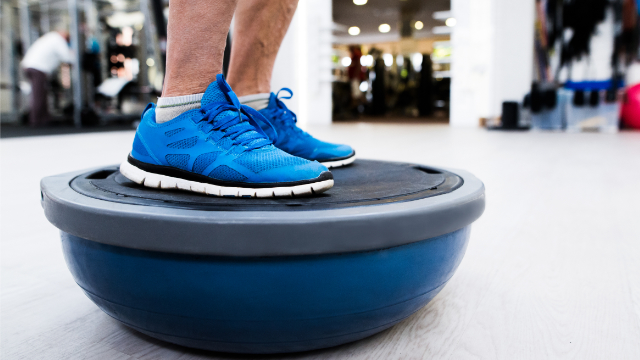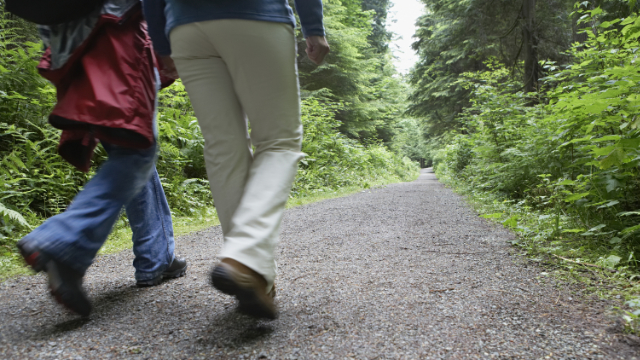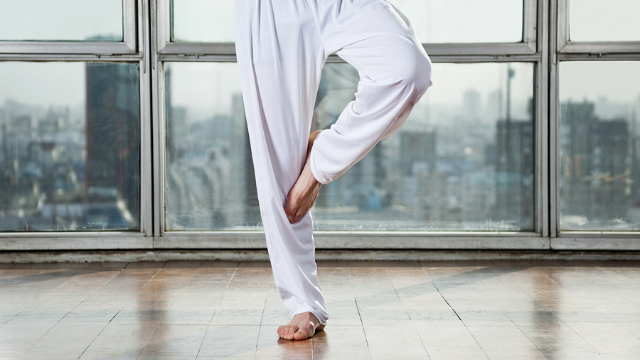
Good balance comes with several important benefits
Balance is defined as the process of maintaining the body’s center of gravity vertically over the base of support, and it relies on rapid, continuous feedback from a number of structures throughout the body. Having good postural balance is important for many reasons, as it reduces the risk for falls and resulting injuries, and also helps to optimize movements in athletic performance. This is why balance exercises are very frequently included in training programs for athletes in various sports, fall prevention programs for the elderly, and rehabilitation programs designed by physical therapists. The benefits of balance training have been identified in many studies, but the exact type of training that is most efficient still remains unclear. For this reason, researchers decided to conduct a powerful study called a systematic review. In this review, all available literature on the topic was collected and analyzed to acquire a better understanding of the effects of balance training and what type, frequency, intensity and duration are best.
A total of 50 studies are accepted into the review
Investigators performed a search of two medical databases for studies that evaluated the effectiveness of a balance-training program for either improving sports performance or preventing injuries. This search led to 2,395 studies being screened, and 50 of these fit the necessary criteria and were accepted into the review. Once collected, the findings of these studies were analyzed and compared to one another, and their quality was assessed to determine their level of reliability.
Most studies show that balance training is effective for its intended goals
Overall, results were supportive of balance training in both applications. For the first focus of the review on athletic performance, the sports most commonly studied were soccer, basketball, and handball. The majority of these studies found significant differences between the groups that participated in balance training compared to those who did not, meaning that the training was effective for improving sports performance in these athletes. Similar findings were identified for the second focus of the review as well, as balance training was also found to reduce the incidence of sports injuries among athletes of various sports, including basketball, soccer, volleyball and football. These are all high-risk sports in which an injury can lead to long-term disability if severe enough, which highlights why prevention is so important. Finally, researchers discovered that the optimal balance-training program should last for about eight weeks and consist of two 45-minute training sessions per week. Based on these findings, it appears that balance training can serve a crucial role in sports by both enhancing performance and reducing the risk for injuries. Athletes who are looking to elevate their abilities while keeping their injury risk at a minimal are therefore encouraged to contact their local physical therapist to initiate a balance-training program. These programs are designed specifically for their sport, abilities, and goals, and participation will help them to optimize and extend their careers in the safest possible manner.
– As reported in the August ’17 issue of the Journal of Human Kinetics









